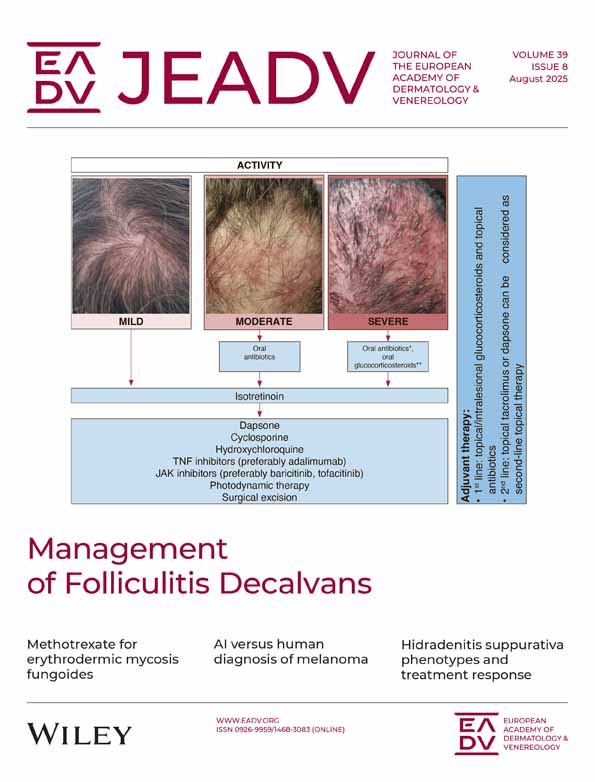Scleromyxoedema and thrombotic thrombocytopaenic purpura: two rare conditions both responding to plasma exchange
Abstract
We report the case of a 66-year-old female who over an 18-month period developed severe, disabling scleromyxoedema with pulmonary fibrosis. Treatment with oral prednisolone and melphalan had failed to prevent disease progression. Treatment with a 5-day course of plasma exchange, intravenous cyclophosphamide (500 mg) and methyl-prednisolone (1 g on 3 consecutive days) was unfortunately followed by the development of thrombotic thrombocytopaenic purpura (TTP). After 17 extra plasma exchanges, she recovered and there has been a dramatic improvement in her skin signs. We postulate that the extra plasma exchanges which she received as a consequence of developing TTP have contributed to this result. To our knowledge, TTP has never been associated with scleromyxoedema, but it is likely to be a coincidence in this case.




